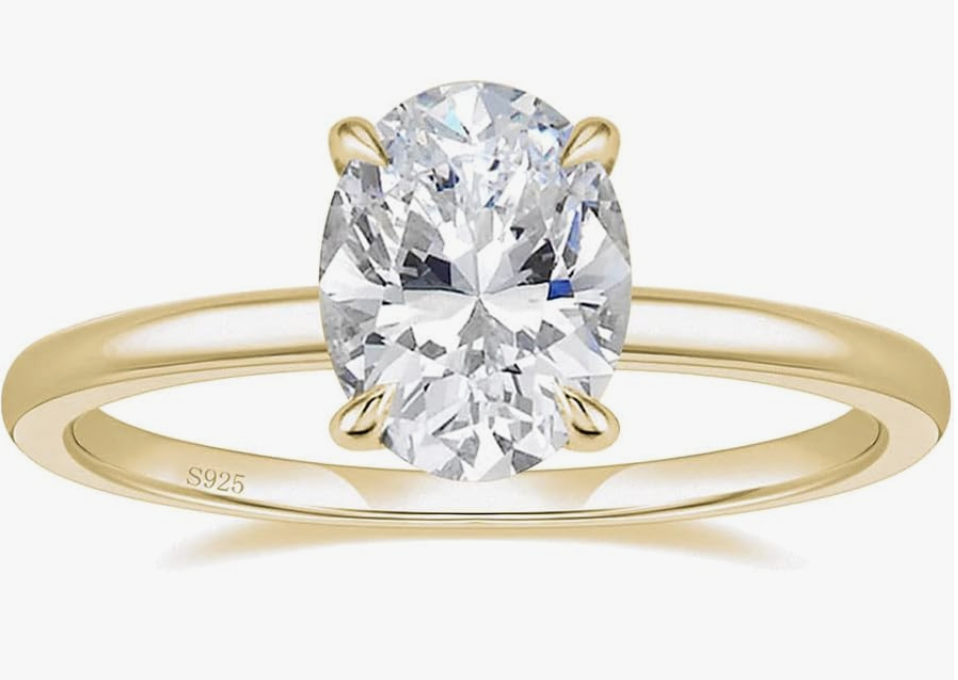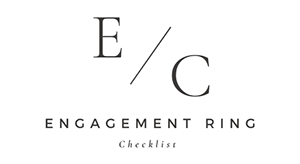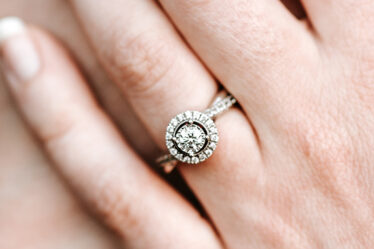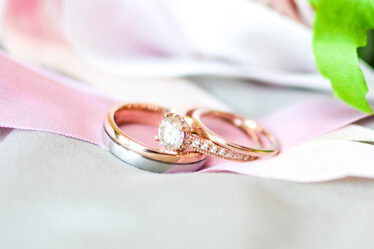
When shopping for an engagement ring or fine jewelry, the details matter—and one small but important design element to consider is the type of prong that holds your gemstone in place. You may have heard of “eagle claw” prongs and wondered how they compare to standard prongs. While both serve the same basic function—securing the stone—they differ in style, structure, and the overall aesthetic they bring to a ring. In this guide, we’ll break down the key differences between eagle claw prongs and standard prongs, helping you decide which look and function best suits your taste and lifestyle.
For those of you designing an engagement ring, the process can be challenging and you want to make sure you get every single detail correct, even down to the prongs! So when asked if you want what’s called “Eagle Claw Prongs” or “Standard Prongs” for their engagement ring, sometimes it’s just easier to show the difference rather than talk about it. The difference between the two settings is below! See which style of prongs is right for you: eagle claw prongs or standard prongs (standard ball prongs).
NEED TO KNOW: Eagle Claw vs. Ball Prong
- Shape & Appearance
- Eagle Claw Prongs: Taper to a fine, pointed tip—similar to a bird’s talon. Sleek and dramatic.
- Ball Prongs: Rounded tips that resemble small spheres. Softer and more traditional in appearance.
- Aesthetic Style
- Eagle Claw: Offers a vintage or high-fashion look. Common in designer and custom rings.
- Ball Prong: Classic and timeless. Often seen in traditional solitaire and three-stone settings.
- Stone Visibility
- Eagle Claw: Tends to expose more of the stone due to the slender tip, making the diamond appear larger.
- Ball Prong: Covers slightly more of the stone but offers a very secure hold.
- Security
- Eagle Claw: Secure when crafted well but may require more maintenance due to the finer point.
- Ball Prong: Generally considered very secure and durable with less upkeep.
- Comfort
- Eagle Claw: Can feel a bit sharper to the touch if not smoothed properly.
- Ball Prong: Rounded design makes it more snag-resistant and gentler on clothing and skin.
- Customization
- Eagle Claw: Often hand-shaped for each stone, allowing for a custom fit and artistic detail.
- Ball Prong: Typically machine-set or more uniform in shape, offering consistency and simplicity.
- Best For
- Eagle Claw: Those seeking a bold, elegant, and modern or vintage-inspired look.
- Ball Prong: Those who prefer a softer, classic, and low-maintenance setting.
Eagle Claw Prongs

This is a photo of EAGLE CLAW PRONGS for an engagement ring. They are called as such because they are sharper like the talons of an eagle’s claw. See how they come down to a point? This is the difference between EAGLE CLAW PRONGS and STANDARD BALL PRONGS.
Standard Prongs (Ball Prongs)

This is a photo of STANDARD PRONGS for an engagement ring. They are more rounded and some consider them to be a little bulkier than eagle claw prongs. They are called STANDARD BALL PRONGS because they look like little balls on the end of them.
Want to Learn More About Engagement Rings?
Check out our other articles!



